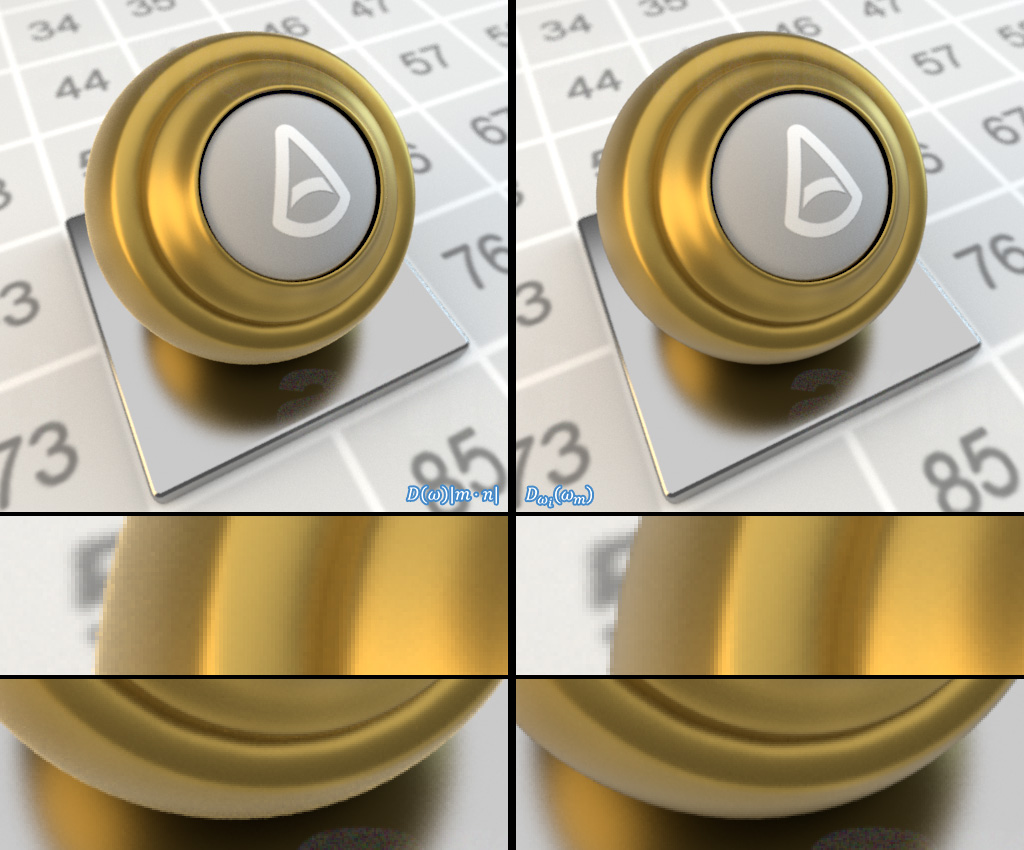Performance Tips of NumPy ndarray
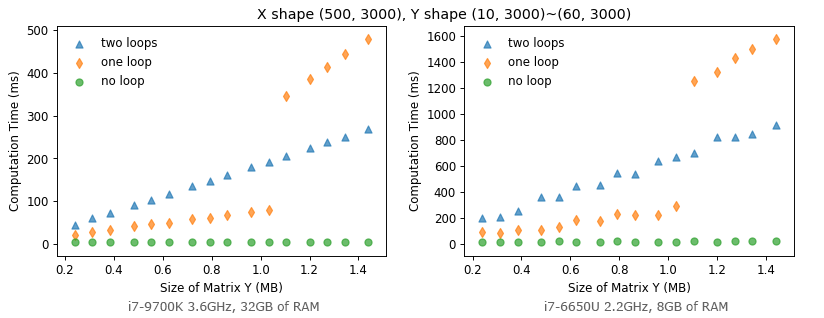
When I did homework assignments of the famous Deep Learning course CS231n from Stanford, I was so impressed by 100X↑ performance boost by using broadcasting mechanism in NumPy. However, broadcasting doesn’t always speed up computation, we should also take into account memory usage and memory access pattern [2], or we will get a slower execution instead. This post shows several experiments and my reasoning of why certain operation is performant or not.
» read more »Maya Scripting Primer
For many of my artist colleagues who want to learn scripting in Maya, one of their motivations is mostly to automate repetitive or time-consuming manual tasks. Since Maya can show all command history of our user interactions in Script Editor. Therefore, if we know how to perform target instructions manually, we could write a script of all corresponding commands. But finding the equivalent commands is not straightforward in some situations. Besides looking up documentation, we need other strategies.
» read more »Data Interpolation with Radial Basis Functions (RBFs)
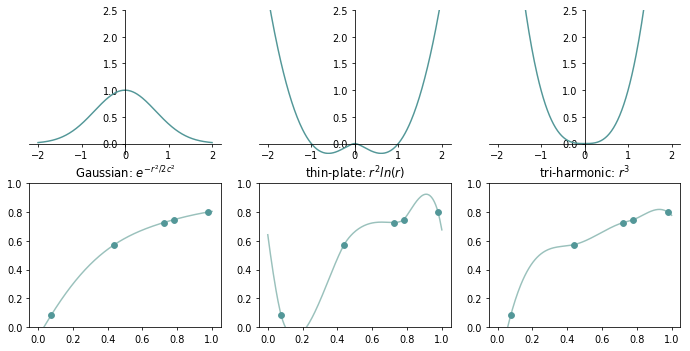
Radial Basis Functions (RBFs) is one of the commonly used methods to interpolate multi-dimensional data. RBFs creates smooth and less oscillating interpolation than inverse distance weighting (IDW) does. It has many applications in Computer Graphics, such as surface reconstruction [3], animation blending [1], facial retargeting, color calibration [4], and etc. Despite of the variety of its applications, those applications all have a common theme called scattered data interpolation.
» read more »Aperture & f-number

I have been using DSLR for over 10 years, I thought I knew few knowledge about photography. But after I watched a wonderful online course of digital photography by Prof. Marc Levoy [1], I just found there were so many details I weren’t aware before. The thing embarrassed me the most was that I incorrectly related f-number to lens aperture size. This post is trying to introduce the idea of f-number starting from scene radiance.
» read more »Self-Study Tips
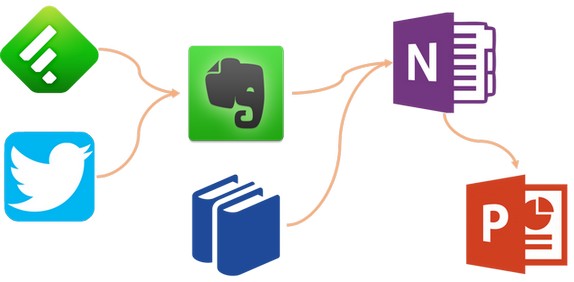
When I decided to be a guest lecturer at NCKU last year, I kept asking myself what is the most important thing I wish I’d learned in school. I carefully reviewed my current skill sets and found most of my skills were developed at work. Besides sharing knowledge about Computer Graphics, I think there is a more fundamental competency we need to develop in school, that is continuous learning.
» read more »Learning by Teaching, as a Guest Lecturer
I was privileged to be a guest lecturer to give five lectures about Computer Graphics at National Cheng Kung University (NCKU) in Taiwan. When I prepared the course materials, I deeply realized again that the best way to learn a topic is to teach someone else (especially to a person who never heard about Computer Graphics before). In order to avoid teaching wrong ideas, I had carefully reviewed what I known from ground up and derived each mathematical equation in the textbooks. This post is about what I’ve learned in those few months.
» read more »Realistic Human Skin with Normalized Diffusion & GGX
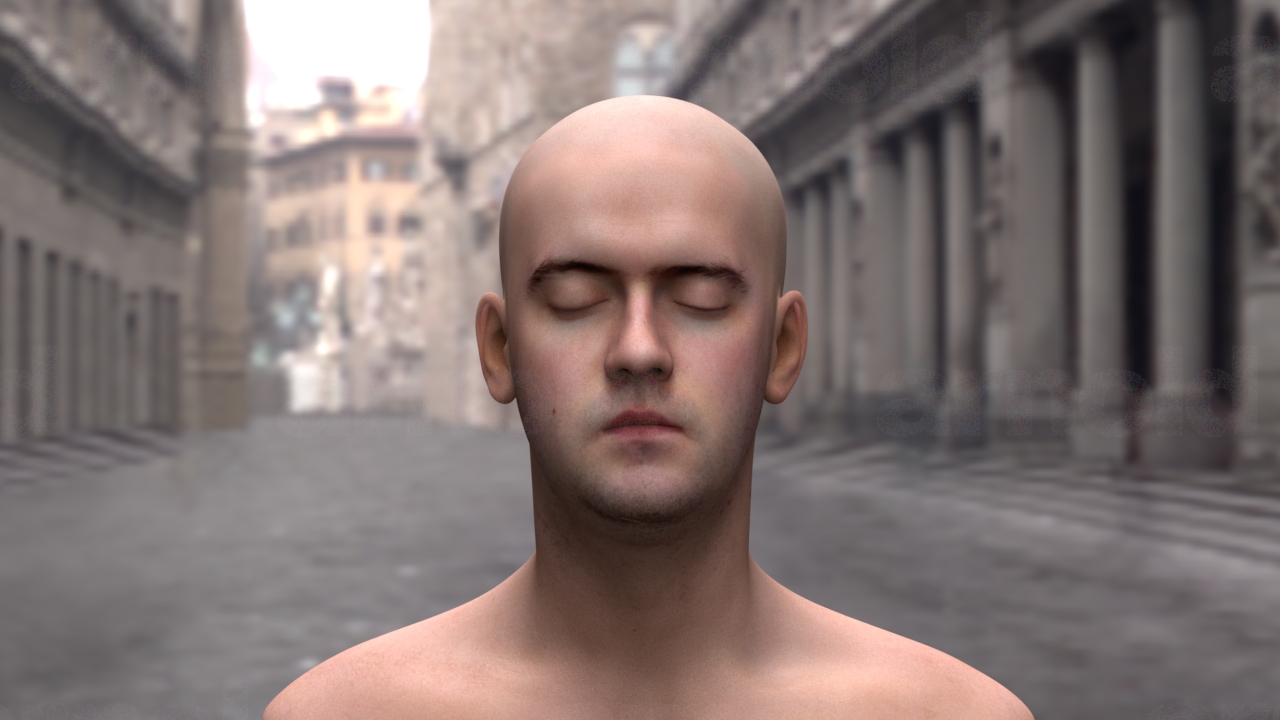
BSSRDF Importance Sampling of Normalized Diffusion
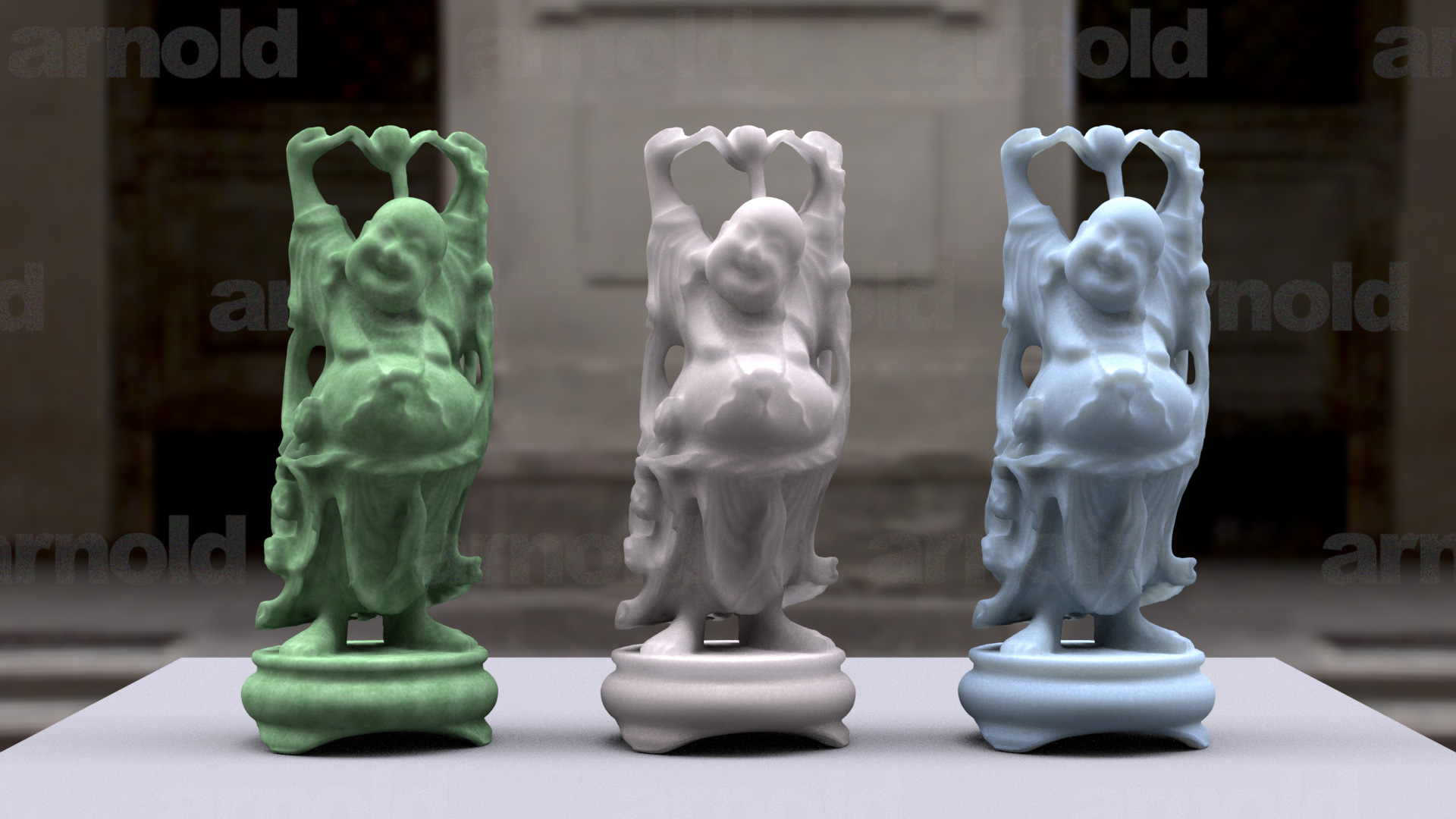
Using Min Pixel Width with Care in Arnold
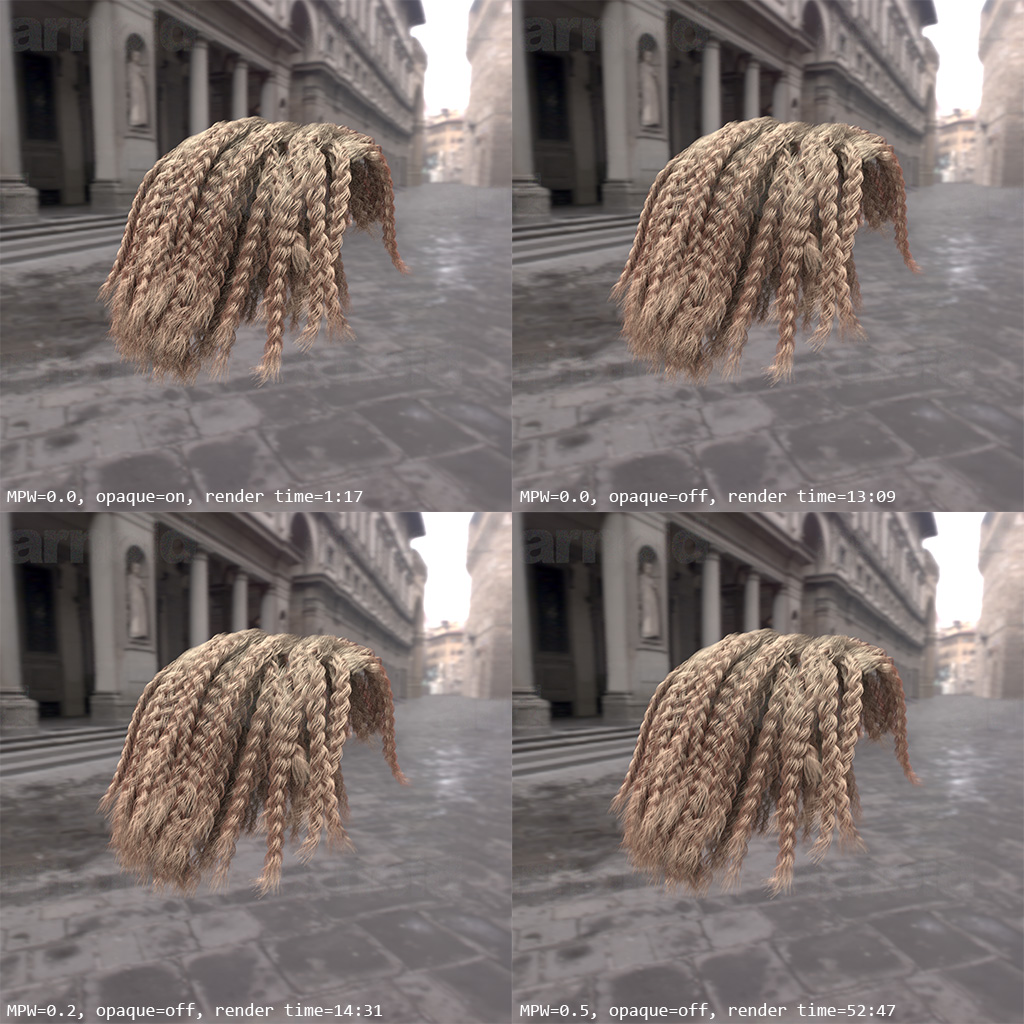
Sampling Visible Normals for GGX BRDF
